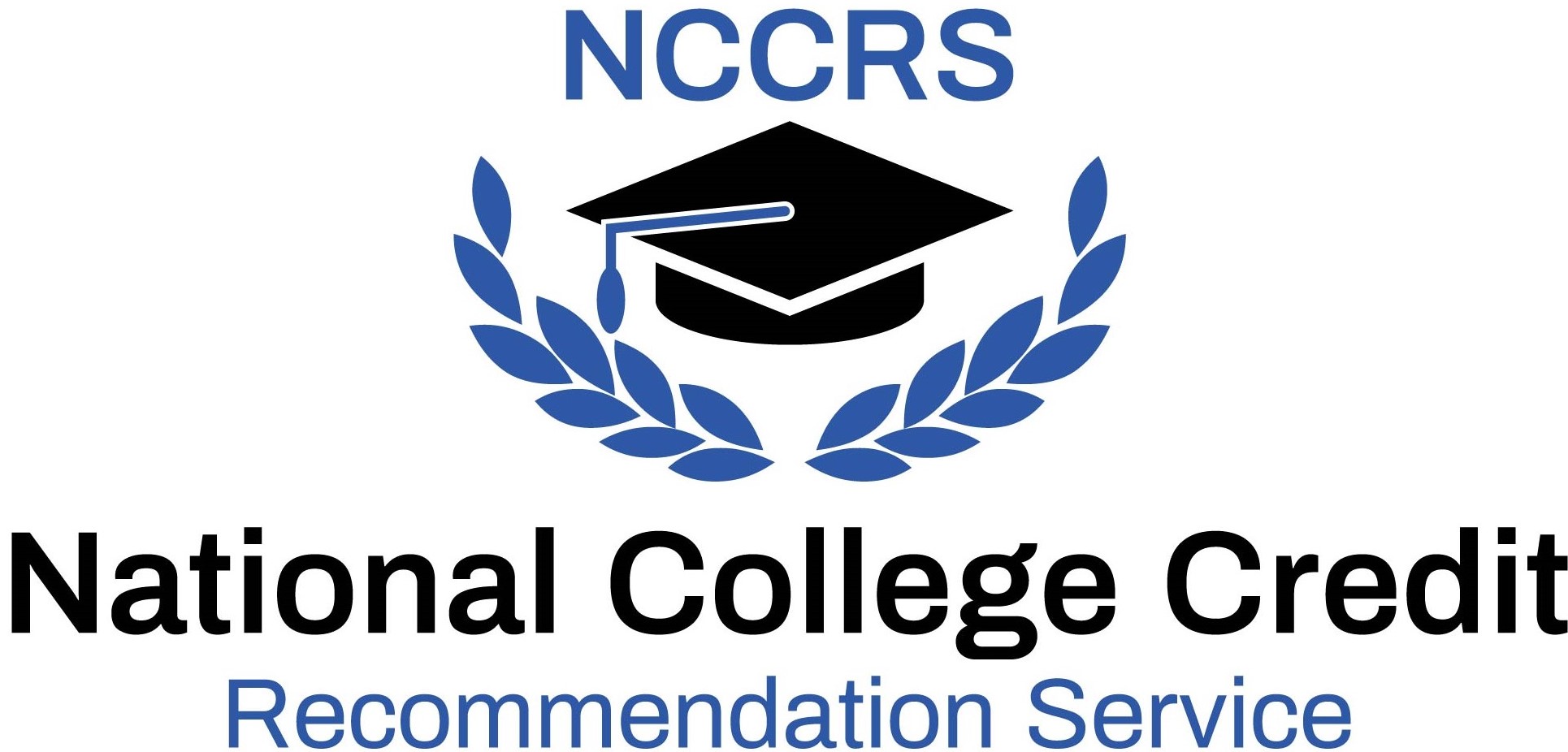New York City Fire Department | Evaluated Learning Experience
Emergency Medical Service Medical Branch Director Training (MNG 210)
22.5 hours (1 week).
September 2014 - March 2016.
Upon successful completion of the course, students will be able to: effectively respond to and manage a Mass Casualty Incident as part of the command structure; identify and describe roles and responsibilities of the various key positions under the ICS Command structure; review effective radio communication strategies while also familiarizing new terminologies and techniques within the ICS; collaborate and cooperate with the Incident Commanders while ensuring the safety and well being of the EMS units under her/her command; define the role of Fire Chief Officers and how they can assist in acquiring resources needed for the Medical Branch; and apply communication strategies and tactics learned during classroom and tabletop exercises.
This course focuses on reviewing strategies and tactics needed to successfully manage the Medical Branch of any Multiple Casualty Incident. This joint training initiative gives EMS Officers and Fire Officers the opportunity to interact and learn each other’s roles and responsibilities at Multiple Casualty Incidents through classroom lectures, tabletop exercises, and radio communication drills as well as easel workgroups. Prerequisite: Emergency Medical Service Officer.
In the lower division baccalaureate/associate degree category, 1 semester hour in Emergency Management/Leadership, Fire Service Administration, Emergency Medical Services, or Incident Command (6/15).



